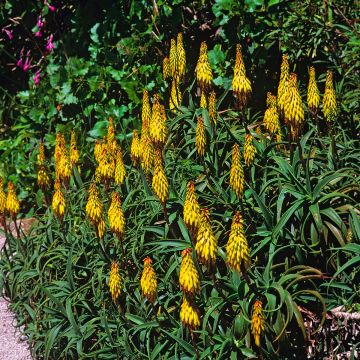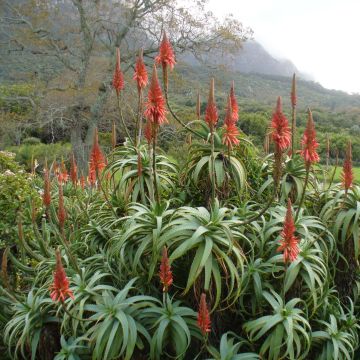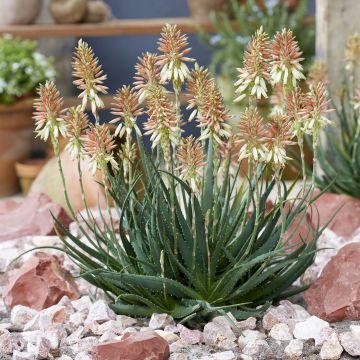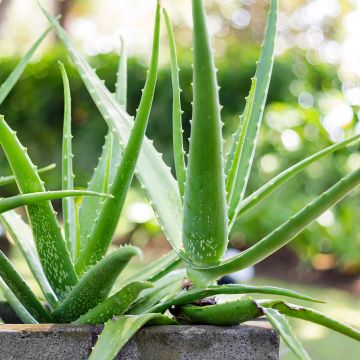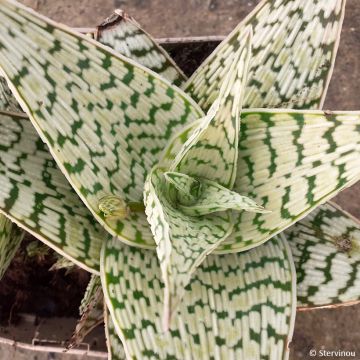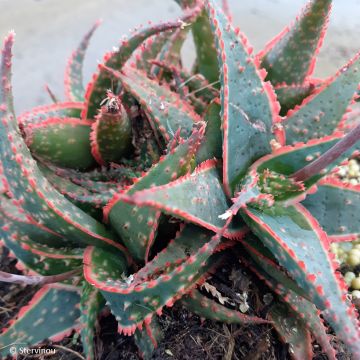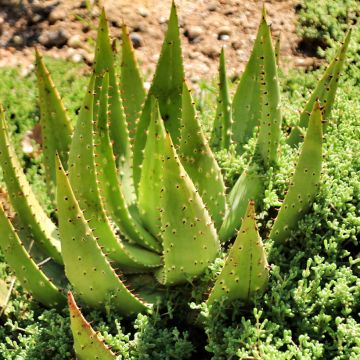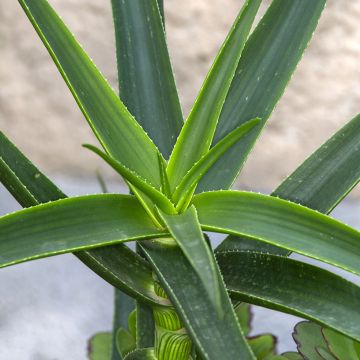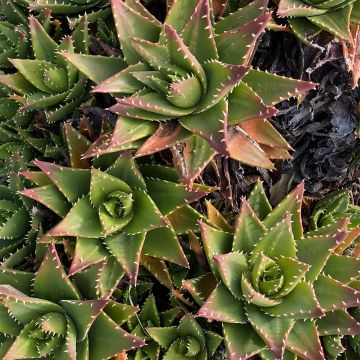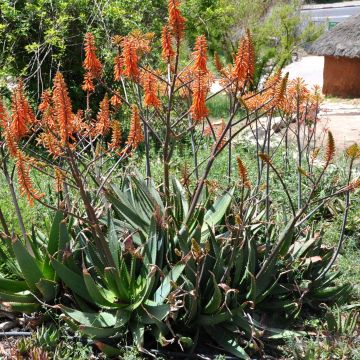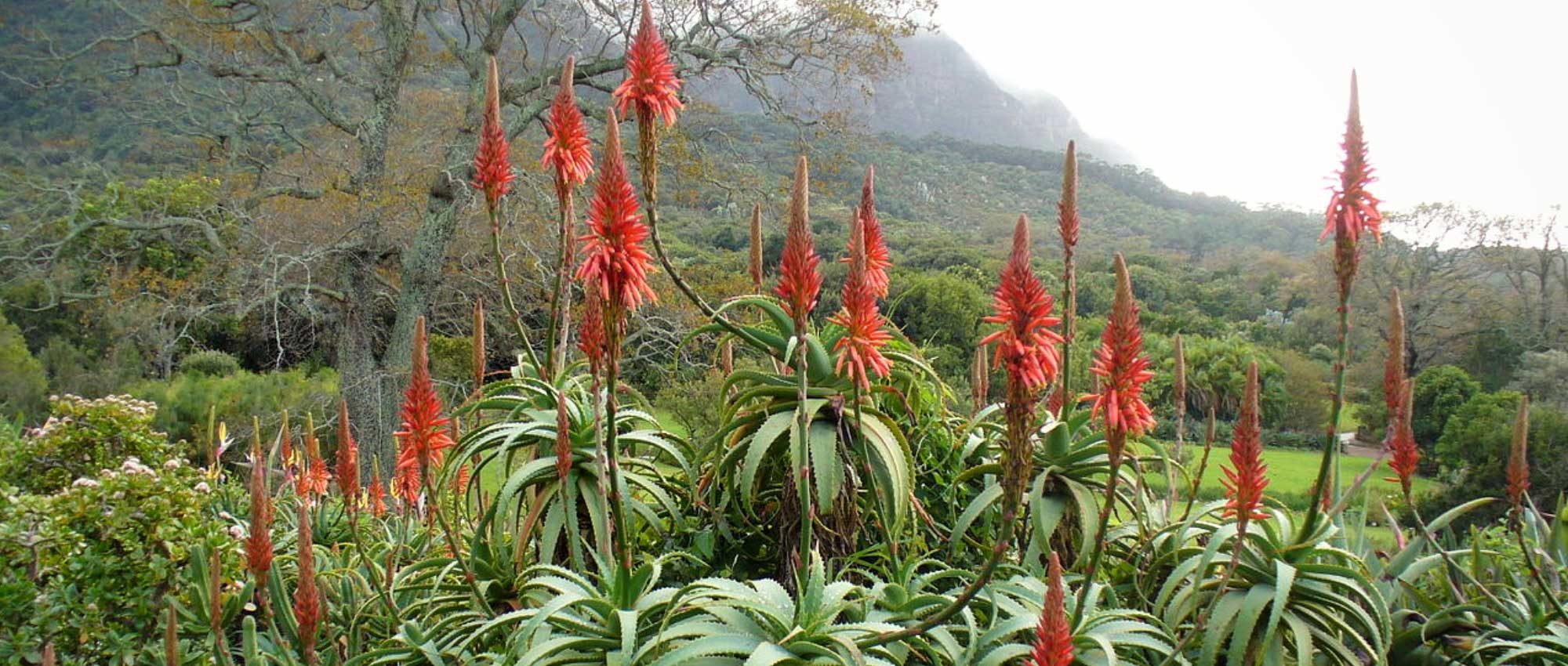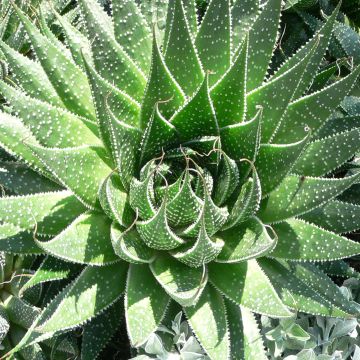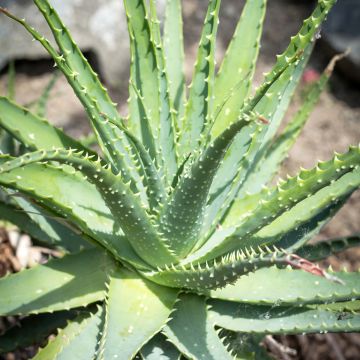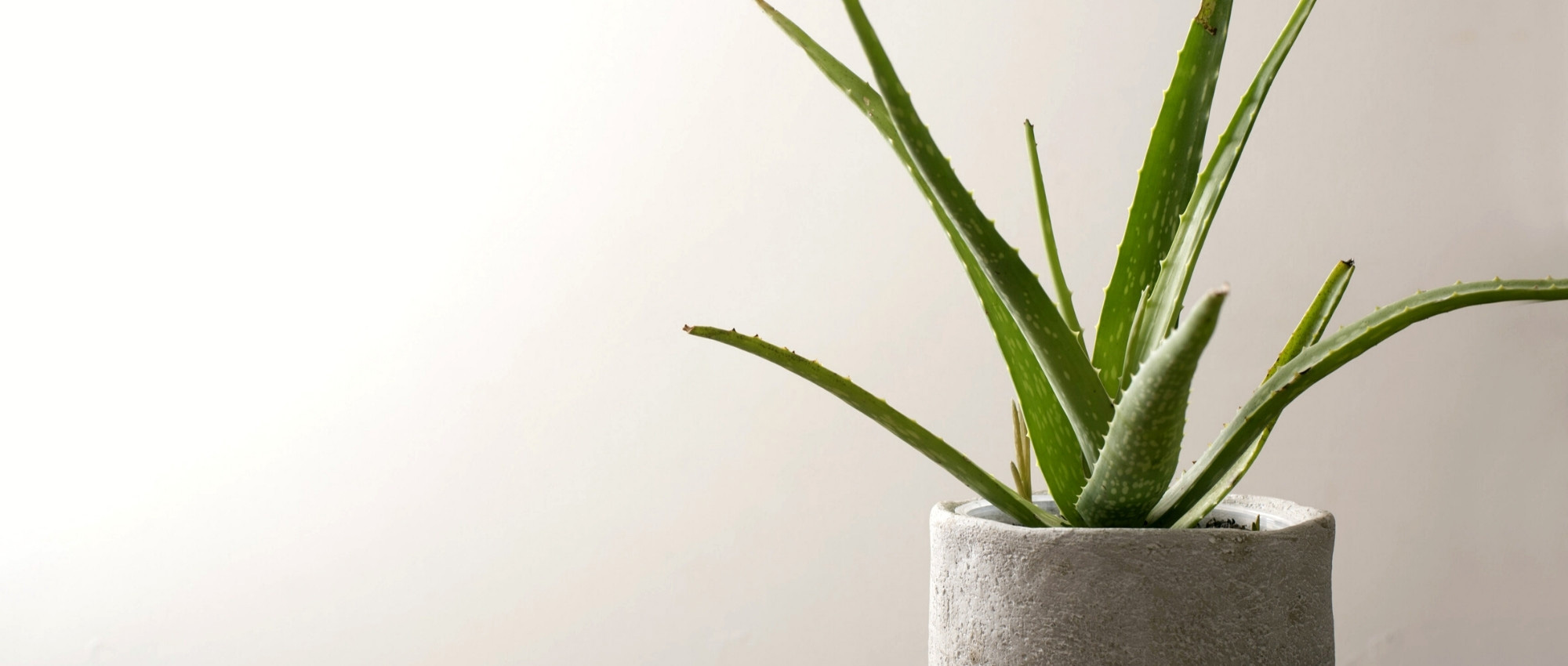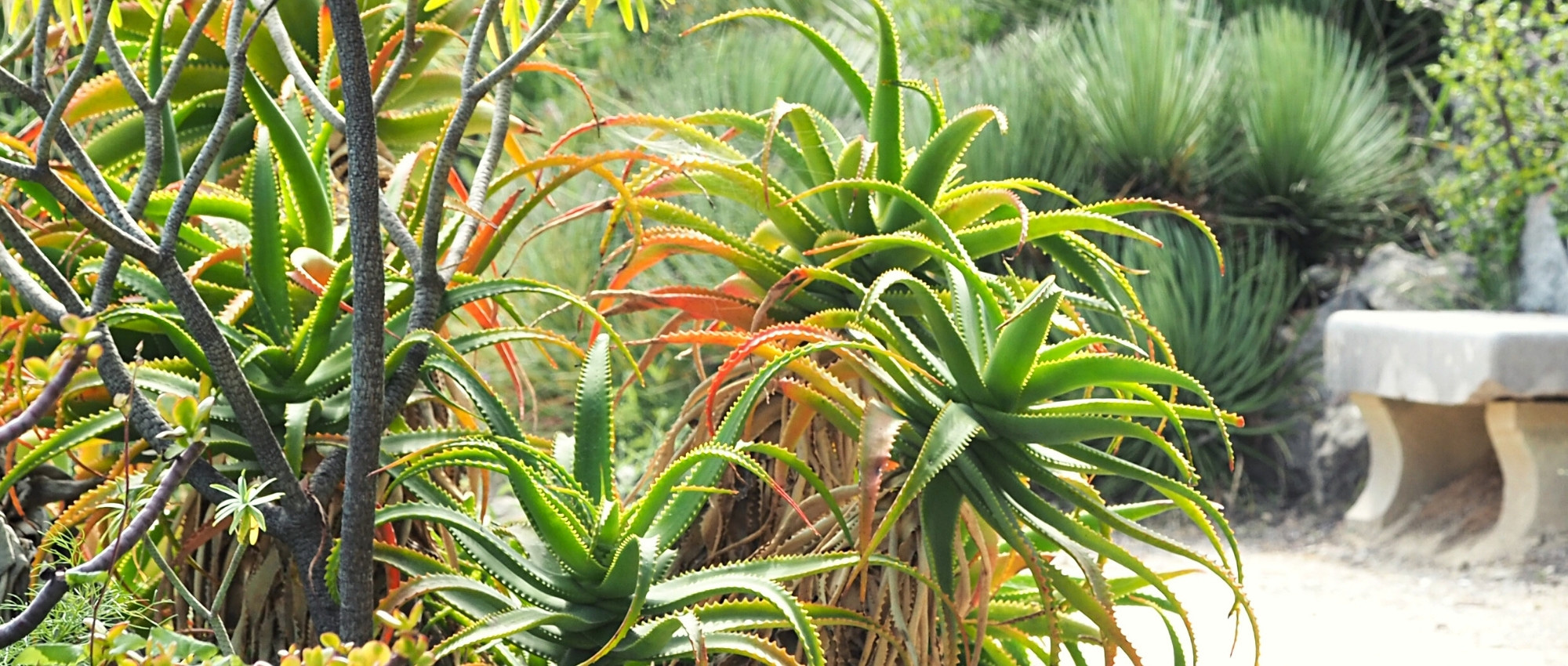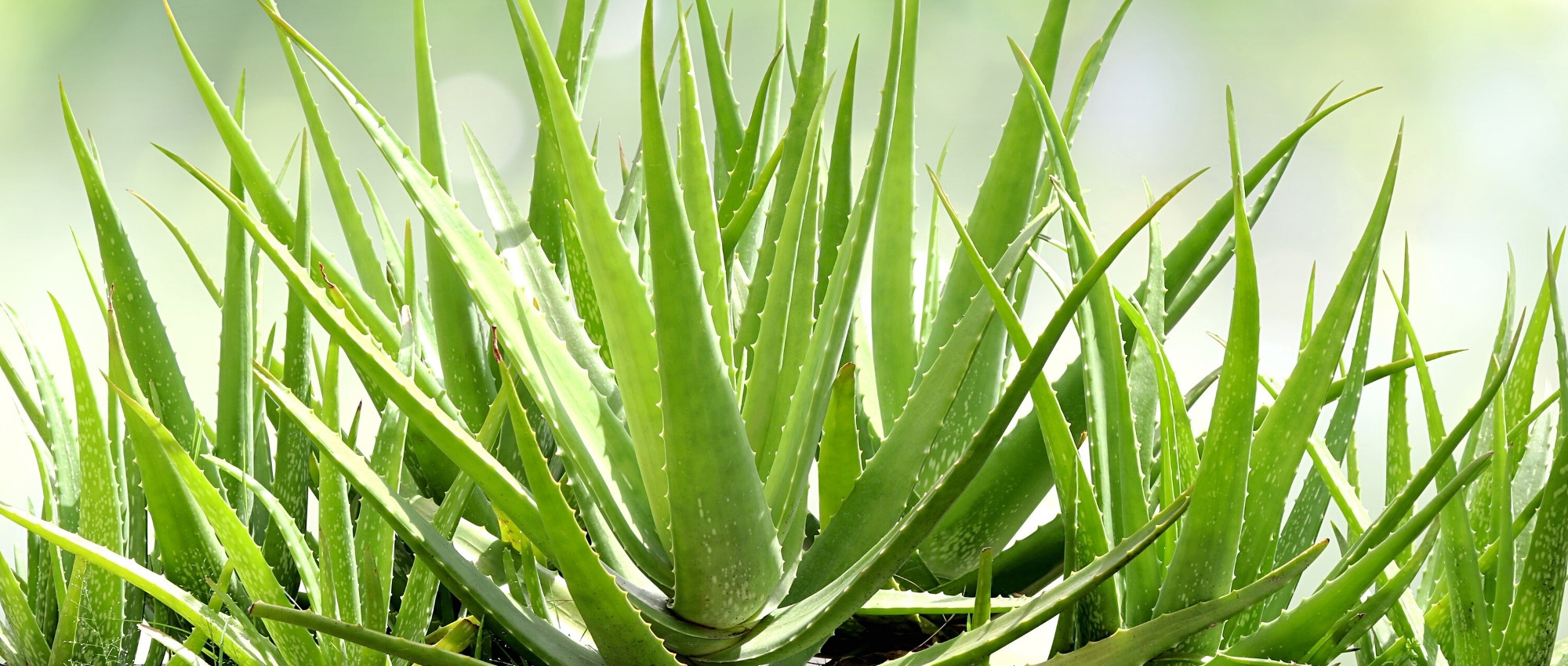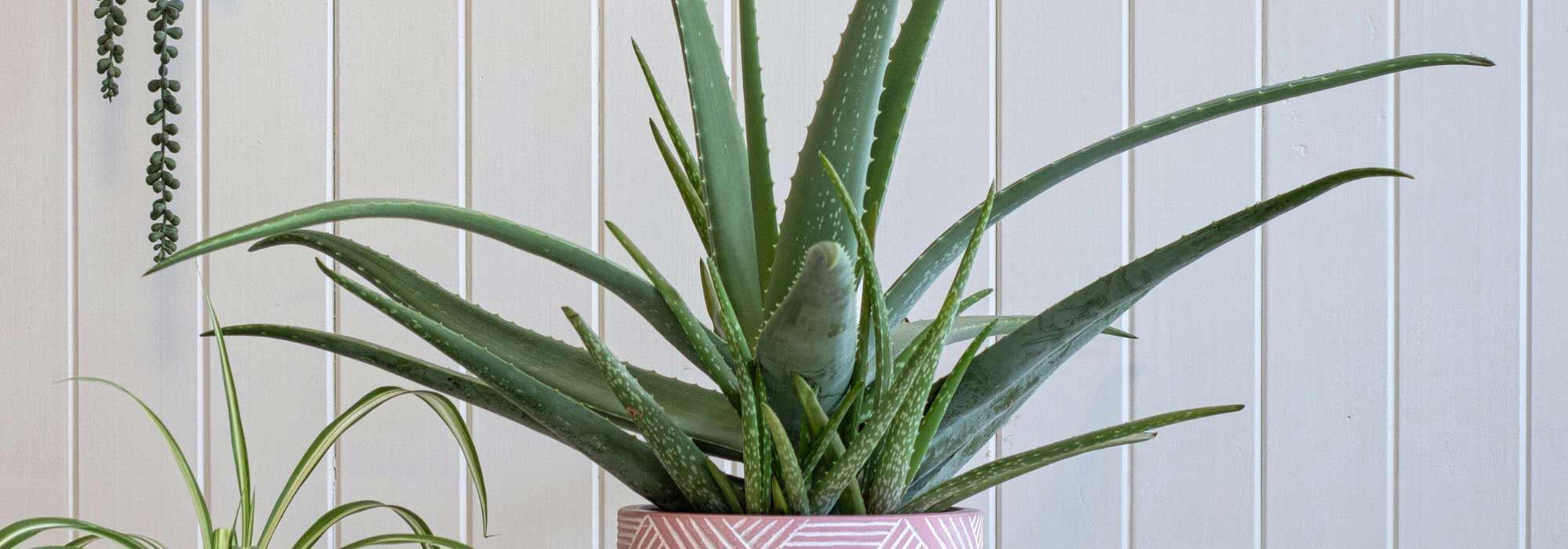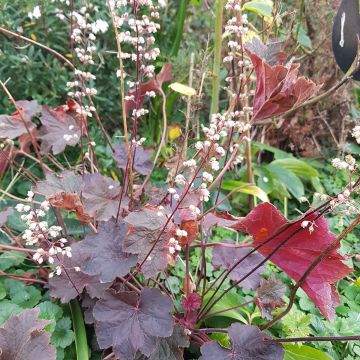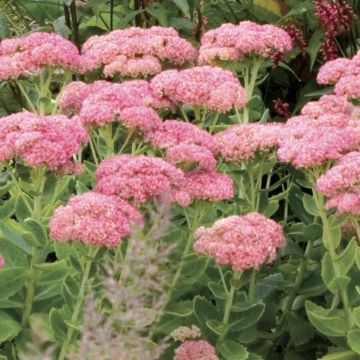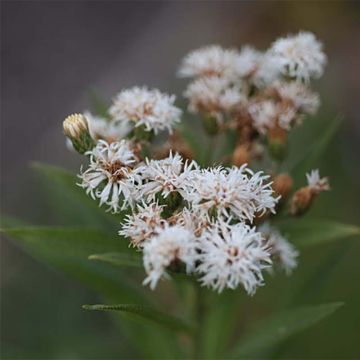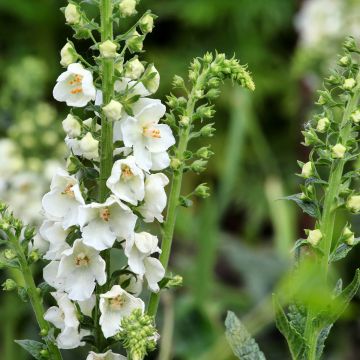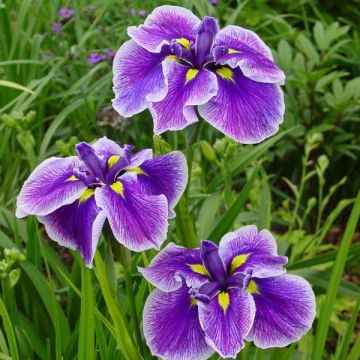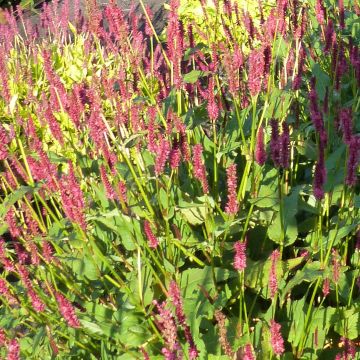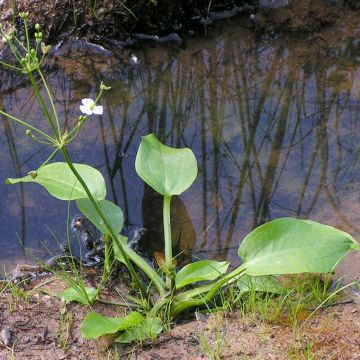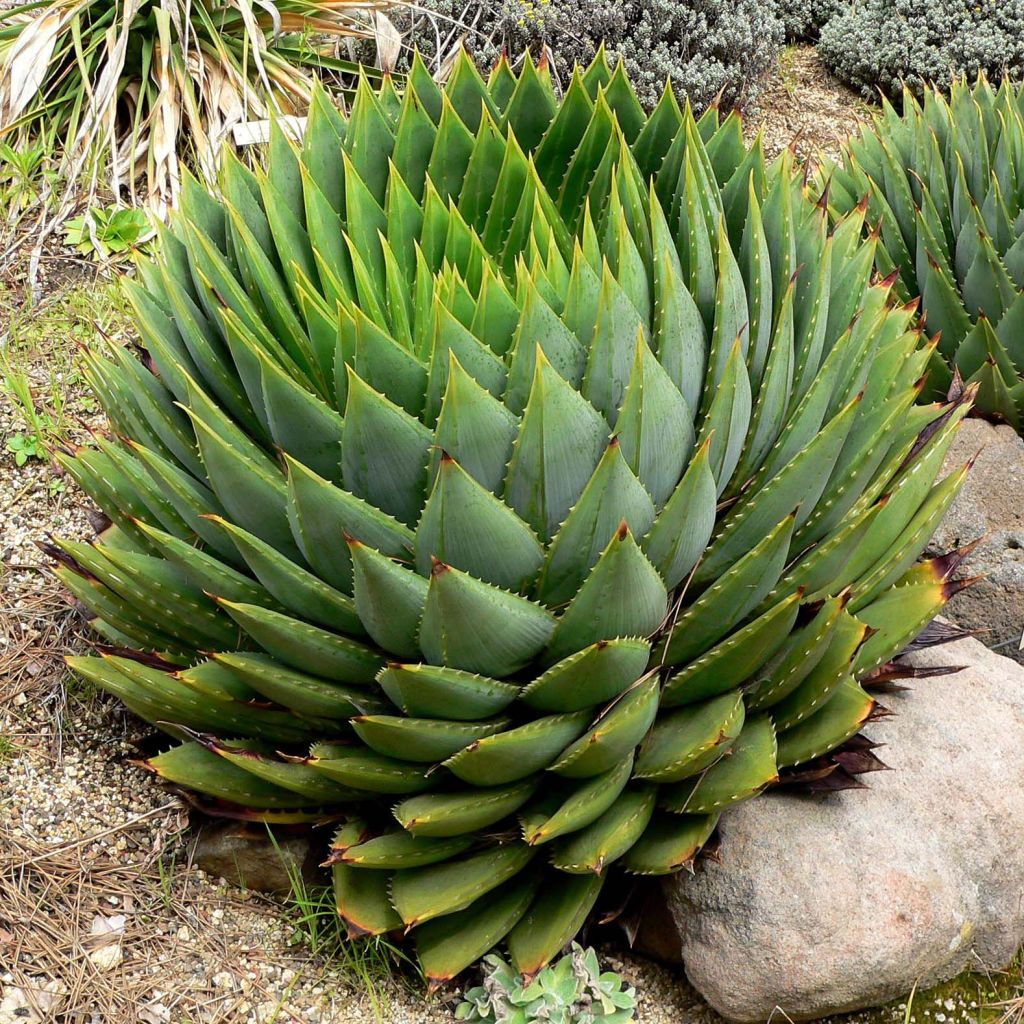

Aloe polyphylla
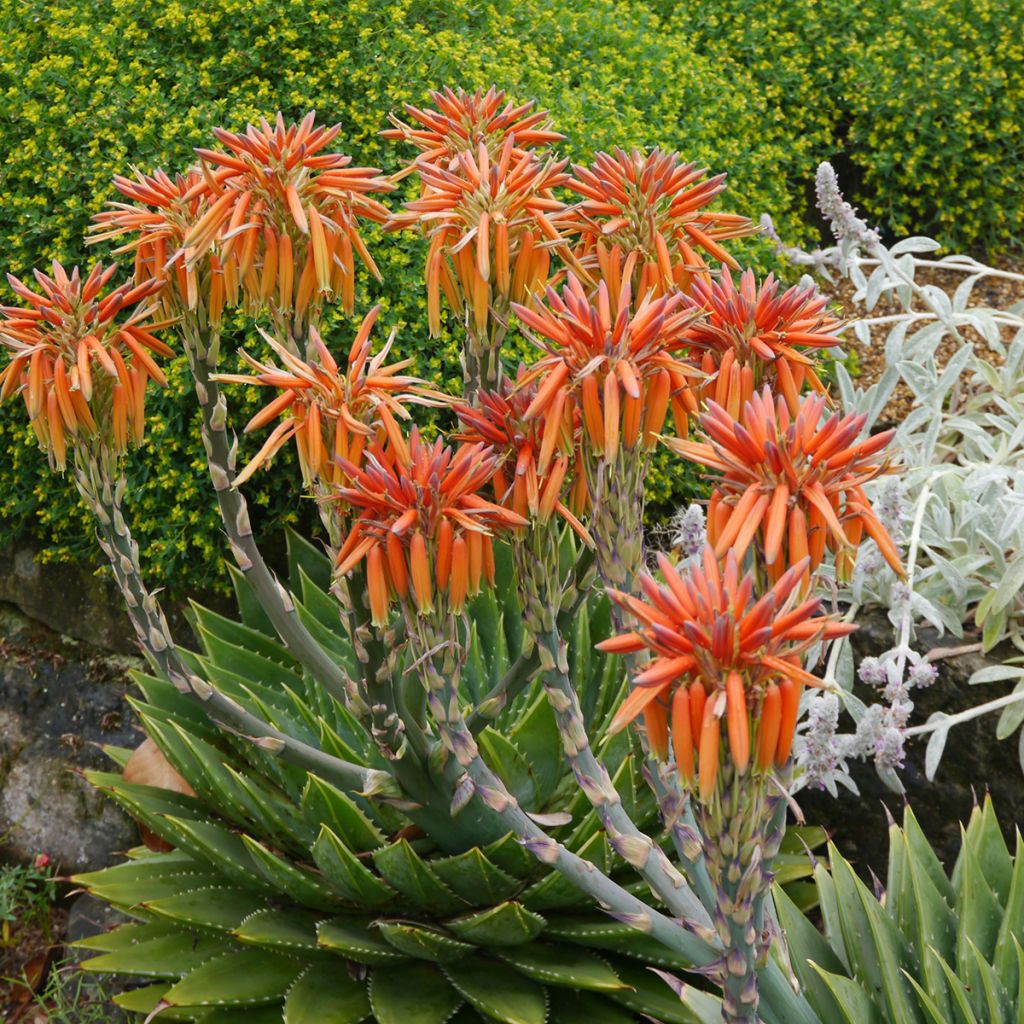

Aloe polyphylla
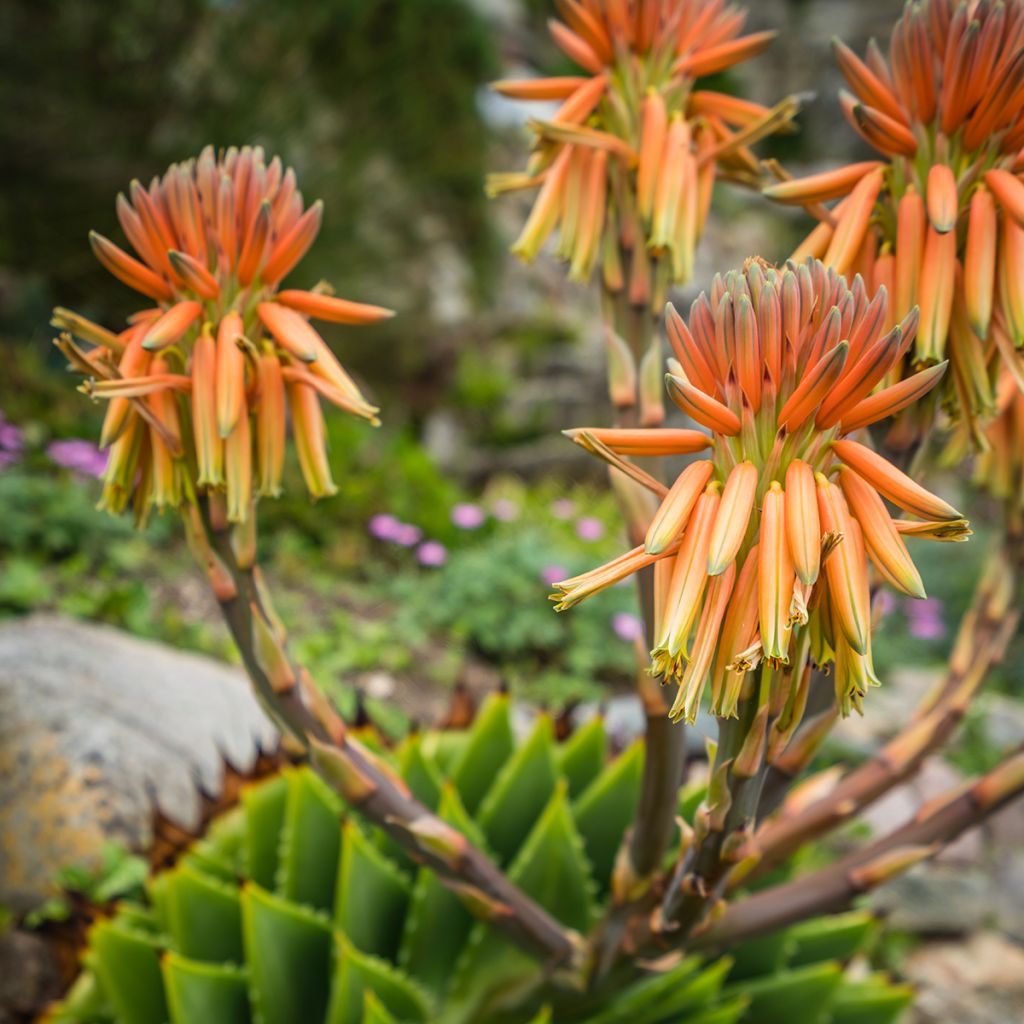

Aloe polyphylla
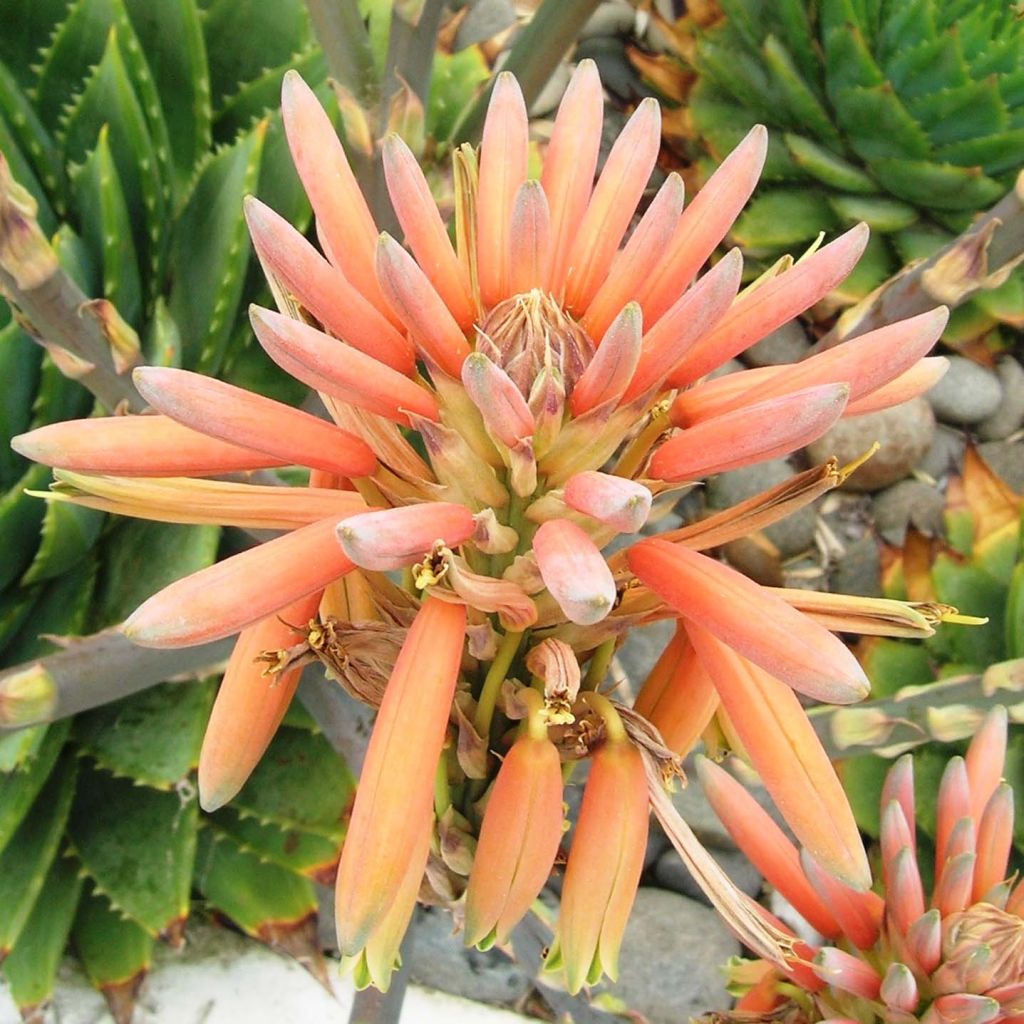

Aloe polyphylla
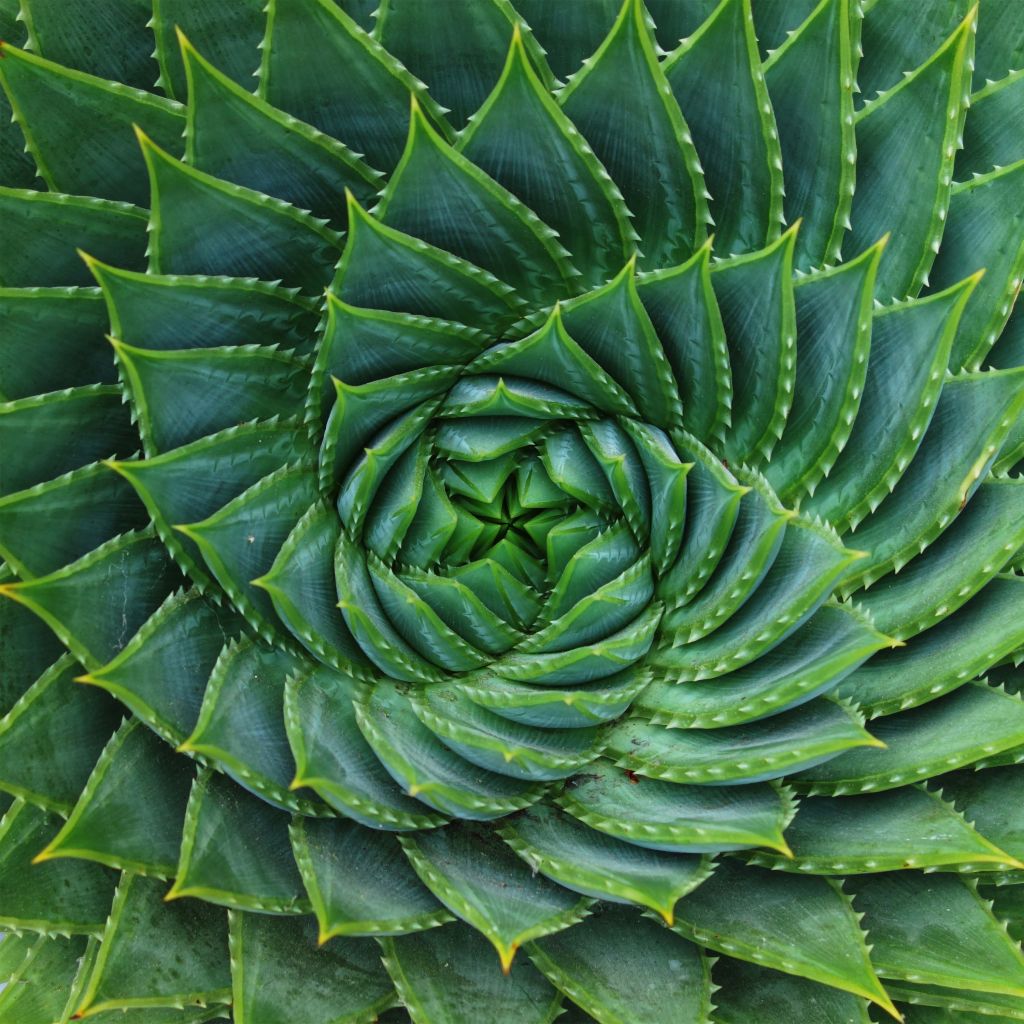

Aloe polyphylla
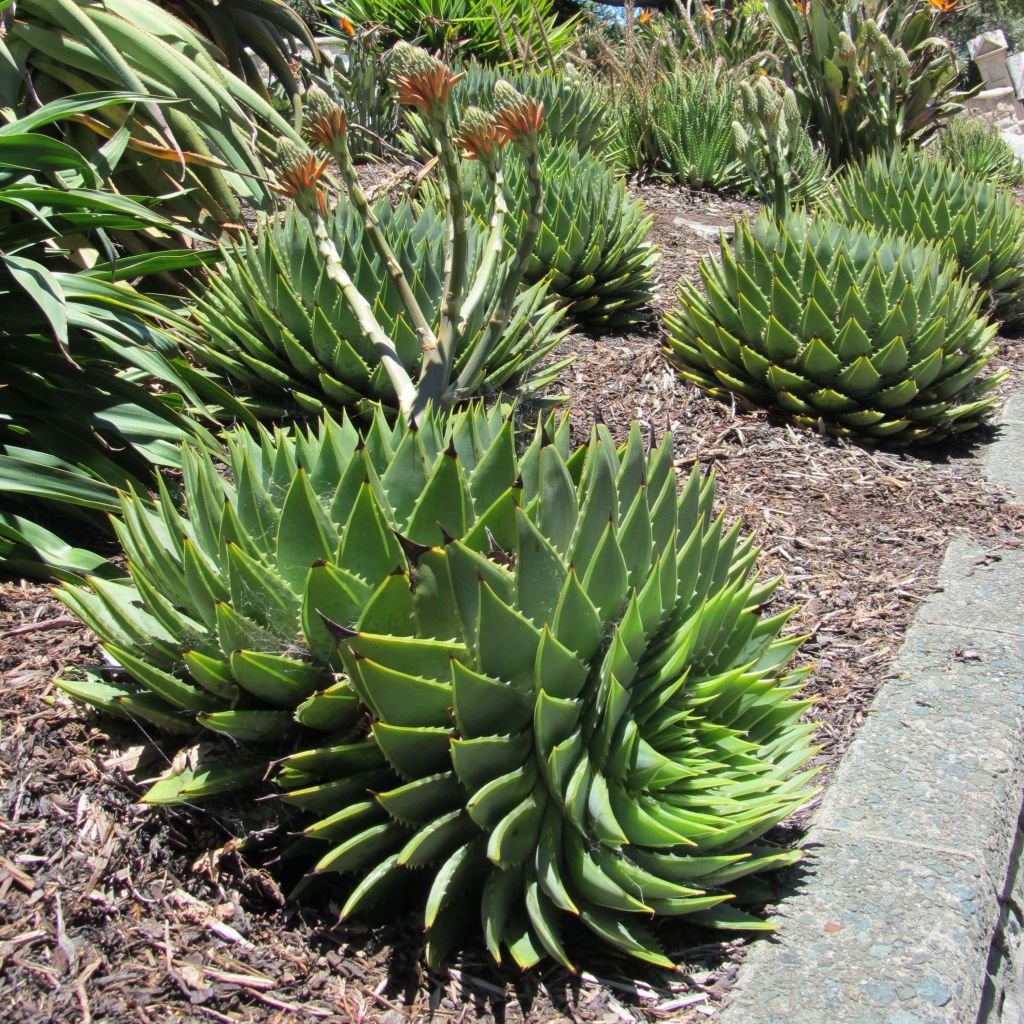

Aloe polyphylla
Aloe polyphylla
Aloe polyphylla
Spiral Aloe
I was looking for an answer for my aloe polyphylla, on some leaves the fleshy part is eaten, there's only a naked leaf left!!!!, I think I have found the answer, snails and slugs enjoy it, so we'll have to be interested in it before the whole plant is ravaged, as someone said on the website.
Jane, 17/07/2020
Special offer!
Receive a €20 voucher for any order over €90 (excluding delivery costs, credit notes, and plastic-free options)!
1- Add your favorite plants to your cart.
2- Once you have reached €90, confirm your order (you can even choose the delivery date!).
3- As soon as your order is shipped, you will receive an email containing your voucher code, valid for 3 months (90 days).
Your voucher is unique and can only be used once, for any order with a minimum value of €20, excluding delivery costs.
Can be combined with other current offers, non-divisible and non-refundable.
Why not try an alternative variety in stock?
View all →This plant carries a 12 months recovery warranty
More information
We guarantee the quality of our plants for a full growing cycle, and will replace at our expense any plant that fails to recover under normal climatic and planting conditions.


Does this plant fit my garden?
Set up your Plantfit profile →
Description
The Aloe polyphylla, also known as Spiral Aloe, is a natural curiosity, a rare succulent plant with a unique beauty and perfect geometry. This botanical species forms a rosette composed of numerous fleshy, pointed grey-green leaves that spiral over time. Its summer flowering in coral tones takes place in the summer, adding to its exotic charm. Relatively hardy, down to -8 to -10°C (17.6 to 14°F), it is not afraid of snow. Its cultivation, somewhat delicate, seems better understood nowadays. It is worth noting that it grows in the sun, in a predominantly sandy fertile soil, and requires cool and humid summers as well as dry winters. These conditions are very easy to achieve when the plant is grown in a pot!
The Aloe polyphylla is a botanical species of the Asphodelaceae family, native to the mountain ranges that occupy the centre of South Africa, specifically Lesotho and neighbouring regions. Unfortunately, it has become rare in its country of origin. It is a small, compact perennial succulent plant with a rosette habit wider than it is tall, reaching up to 1m (3ft) in diameter in its natural habitat. In cultivation in our climates, it rarely exceeds 30cm (12in) in height for the foliage, 45 to 50cm (18 to 20in) in flowers, with a diameter of around 40cm (16in). Its growth is quite fast, with the plant reaching its adult size in 5 or 6 years. Its leaves are thick and wide at the base, quickly tapering to a point, and ending in a black spine. The leaves are bordered by a few white spines and their lamina is a slightly bluish grey-green colour. An adult plant will have up to 150 leaves that are arranged in a perfect spiral in 5 ranks. In June-July, a short and stout flowering stem emerges from the centre of mature rosettes, divided into 4 or 5 spikes of pendulous tubular flowers in coral, orange to red tones. This species, which does not produce offsets, only reproduces through cross-pollination between two distinct individuals. In its country of origin, this is done by a bird, but manually in our latitudes. The seeds are black, very hard, with a parchment-like texture.
The Aloe polyphylla thrives well in pots to decorate terraces or balconies, but also in the ground in Mediterranean climates or on protected Atlantic coasts, in a bed, rockery, or well-drained slope, as it is hardy to around -8°C (17.6°F). It will be a rare addition to a collection of succulent plants and will be the pride of a gardener who masters its cultivation. Plant this aloe in a pot wider than it is tall to fully enjoy its unique charm. You can plant low-growing ground covers with similar undemanding temperaments at its base: Osteospermums, Felicia, and witch claws, which will fill the space with their flowering and evergreen foliage.
About Agaves and Aloes:
Aloes and agaves resemble each other but belong to two different botanical families. The main distinction lies in the fact that the rosettes of aloes flower for many years, while the flowering of a mature agave rosette marks the end of its life. In some Aloe species, interfoliar buds give rise to new plants that cover the dried remains of the mother plant. In agaves, the central flowering stem develops from the terminal bud. In aloes, the floral buds emerge between the leaves. Agaves are native to North America, while aloes are found only in the southern half of Africa and the nearby islands of the Indian Ocean.
Aloe polyphylla in pictures


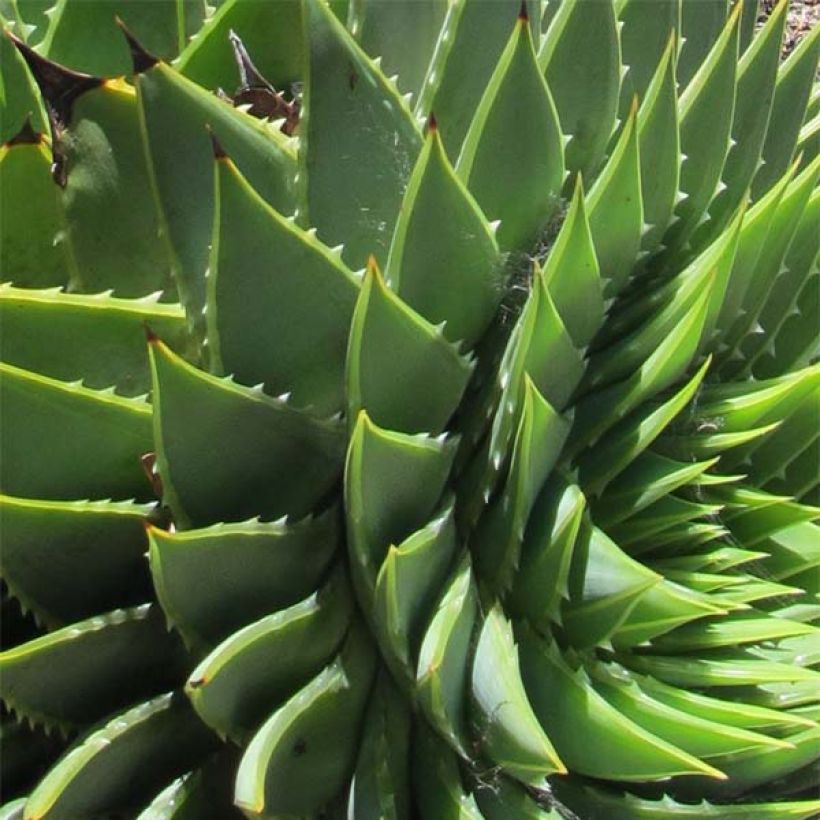

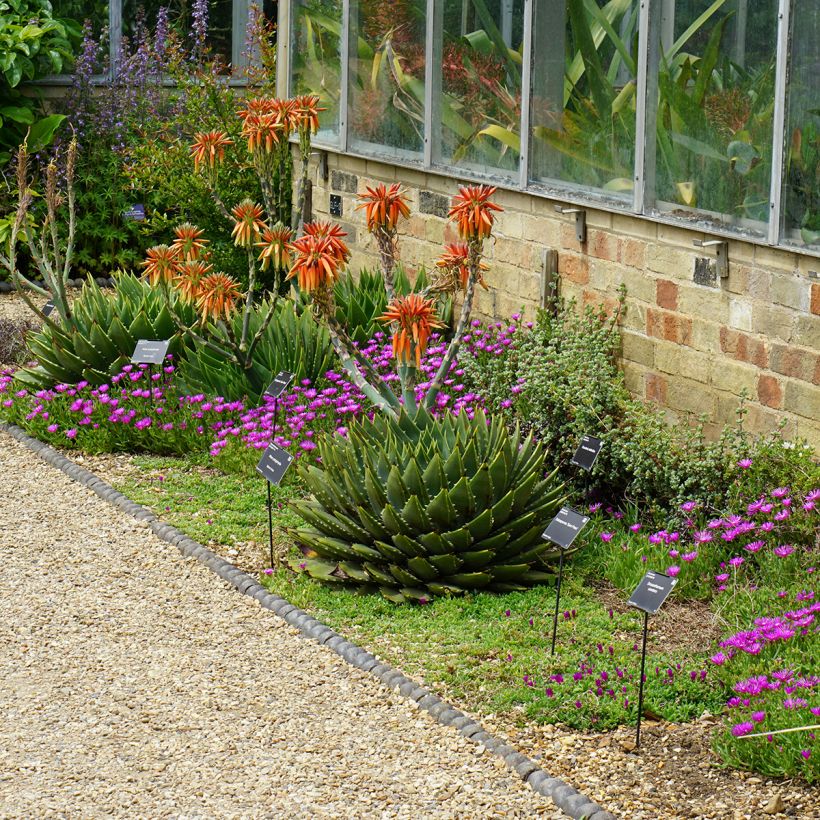

Flowering
Foliage
Plant habit
Botanical data
Aloe
polyphylla
Aloeaceae
Spiral Aloe
South Africa
Other Aloe
View all →Planting and care
Like all "succulent" plants, aloes thrive in bright sunlight and well-drained soil. Aloe polyphylla will thrive in a very mineral soil, composed of a good amount of coarse sand mixed with garden soil and a little decomposed leaf compost. It prefers a soil that is not too chalky, but is low in organic matter, and highly permeable. It prefers summers that are not too hot and humid, and dry winters. This plant should not lack water in summer and should be protected from winter humidity. In wet regions during winter, a glass cover should be placed over the rosettes to protect them from rain combined with cold. When this aloe is grown in a pot, it should be stored in a very bright, minimally heated room during winter, and subjected to very little water.
Aloe polyphylla is an endangered and protected species in South Africa. Thanks to the perseverance of a few enthusiasts, who have managed to reproduce it by sowing, this extraordinary plant is now within the reach of every somewhat careful gardener.
Some beautiful specimens are currently growing in the outdoor rockery at the Royal Botanic Gardens in Kew, England, where they seem to thrive.
Planting period
Intended location
Care
Planting & care advice
-
, onOrder confirmed
Reply from on Promesse de fleurs
Similar products
Haven't found what you were looking for?
Hardiness is the lowest winter temperature a plant can endure without suffering serious damage or even dying. However, hardiness is affected by location (a sheltered area, such as a patio), protection (winter cover) and soil type (hardiness is improved by well-drained soil).

Photo Sharing Terms & Conditions
In order to encourage gardeners to interact and share their experiences, Promesse de fleurs offers various media enabling content to be uploaded onto its Site - in particular via the ‘Photo sharing’ module.
The User agrees to refrain from:
- Posting any content that is illegal, prejudicial, insulting, racist, inciteful to hatred, revisionist, contrary to public decency, that infringes on privacy or on the privacy rights of third parties, in particular the publicity rights of persons and goods, intellectual property rights, or the right to privacy.
- Submitting content on behalf of a third party;
- Impersonate the identity of a third party and/or publish any personal information about a third party;
In general, the User undertakes to refrain from any unethical behaviour.
All Content (in particular text, comments, files, images, photos, videos, creative works, etc.), which may be subject to property or intellectual property rights, image or other private rights, shall remain the property of the User, subject to the limited rights granted by the terms of the licence granted by Promesse de fleurs as stated below. Users are at liberty to publish or not to publish such Content on the Site, notably via the ‘Photo Sharing’ facility, and accept that this Content shall be made public and freely accessible, notably on the Internet.
Users further acknowledge, undertake to have ,and guarantee that they hold all necessary rights and permissions to publish such material on the Site, in particular with regard to the legislation in force pertaining to any privacy, property, intellectual property, image, or contractual rights, or rights of any other nature. By publishing such Content on the Site, Users acknowledge accepting full liability as publishers of the Content within the meaning of the law, and grant Promesse de fleurs, free of charge, an inclusive, worldwide licence for the said Content for the entire duration of its publication, including all reproduction, representation, up/downloading, displaying, performing, transmission, and storage rights.
Users also grant permission for their name to be linked to the Content and accept that this link may not always be made available.
By engaging in posting material, Users consent to their Content becoming automatically accessible on the Internet, in particular on other sites and/or blogs and/or web pages of the Promesse de fleurs site, including in particular social pages and the Promesse de fleurs catalogue.
Users may secure the removal of entrusted content free of charge by issuing a simple request via our contact form.
The flowering period indicated on our website applies to countries and regions located in USDA zone 8 (France, the United Kingdom, Ireland, the Netherlands, etc.)
It will vary according to where you live:
- In zones 9 to 10 (Italy, Spain, Greece, etc.), flowering will occur about 2 to 4 weeks earlier.
- In zones 6 to 7 (Germany, Poland, Slovenia, and lower mountainous regions), flowering will be delayed by 2 to 3 weeks.
- In zone 5 (Central Europe, Scandinavia), blooming will be delayed by 3 to 5 weeks.
In temperate climates, pruning of spring-flowering shrubs (forsythia, spireas, etc.) should be done just after flowering.
Pruning of summer-flowering shrubs (Indian Lilac, Perovskia, etc.) can be done in winter or spring.
In cold regions as well as with frost-sensitive plants, avoid pruning too early when severe frosts may still occur.
The planting period indicated on our website applies to countries and regions located in USDA zone 8 (France, United Kingdom, Ireland, Netherlands).
It will vary according to where you live:
- In Mediterranean zones (Marseille, Madrid, Milan, etc.), autumn and winter are the best planting periods.
- In continental zones (Strasbourg, Munich, Vienna, etc.), delay planting by 2 to 3 weeks in spring and bring it forward by 2 to 4 weeks in autumn.
- In mountainous regions (the Alps, Pyrenees, Carpathians, etc.), it is best to plant in late spring (May-June) or late summer (August-September).
The harvesting period indicated on our website applies to countries and regions in USDA zone 8 (France, England, Ireland, the Netherlands).
In colder areas (Scandinavia, Poland, Austria...) fruit and vegetable harvests are likely to be delayed by 3-4 weeks.
In warmer areas (Italy, Spain, Greece, etc.), harvesting will probably take place earlier, depending on weather conditions.
The sowing periods indicated on our website apply to countries and regions within USDA Zone 8 (France, UK, Ireland, Netherlands).
In colder areas (Scandinavia, Poland, Austria...), delay any outdoor sowing by 3-4 weeks, or sow under glass.
In warmer climes (Italy, Spain, Greece, etc.), bring outdoor sowing forward by a few weeks.






























